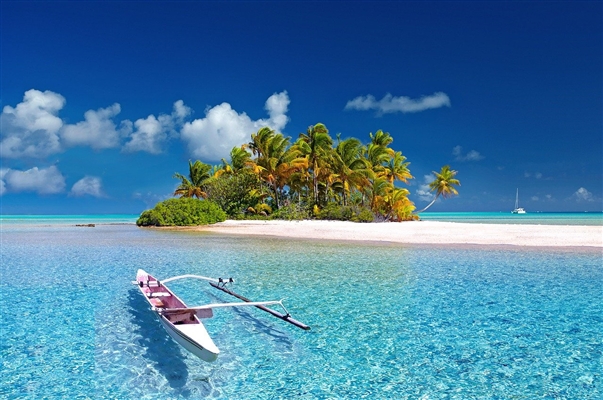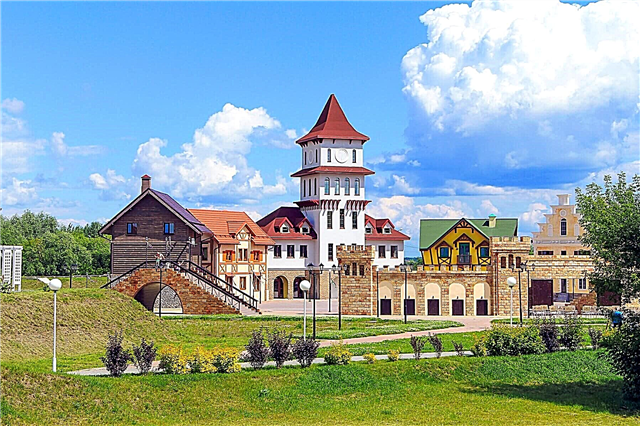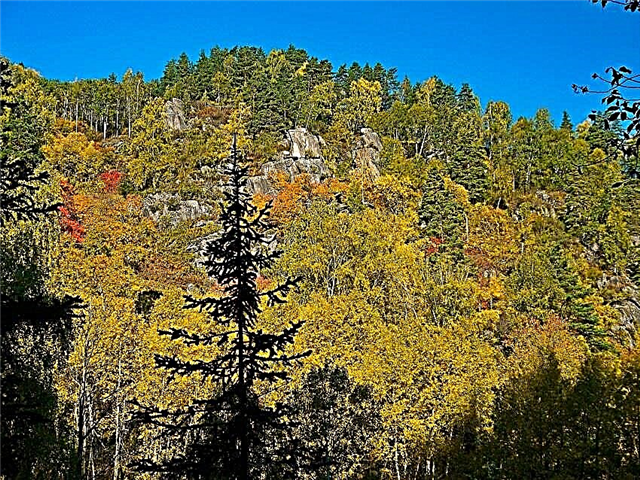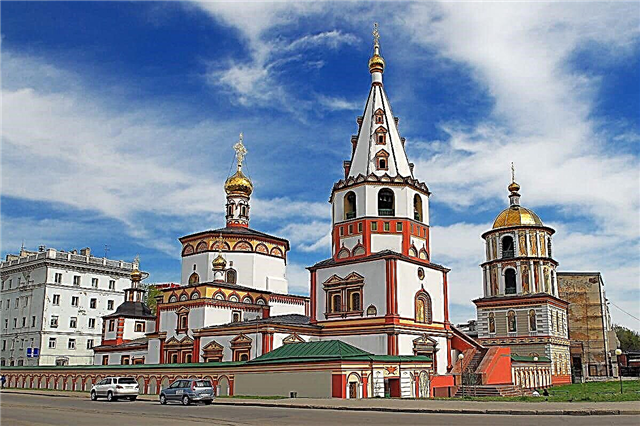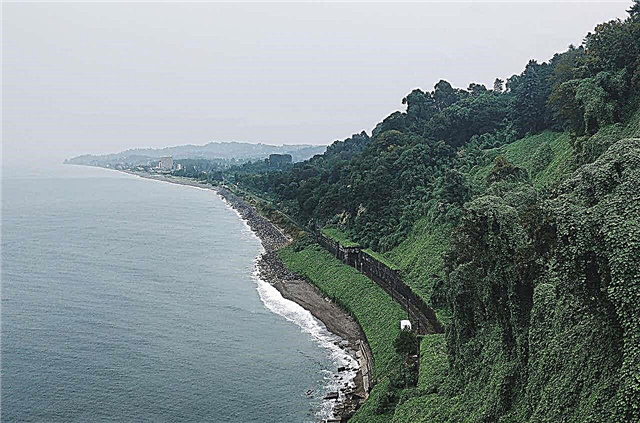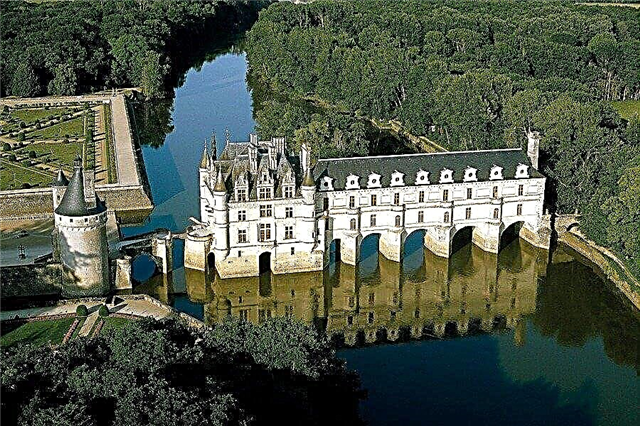Castles of France occupy a special place among the world's attractions. First of all, the Loire Valley, the architecture of the palace complexes and the beauty of the park areas surrounding them are of interest. French monarchs knew how to surround themselves with luxury and delicacy. The legacy left after them is a golden fund, amazing places that attract tourists.
Some magnificent buildings became residences, others turned into museums, and still others passed into private hands. The rich history of each castle allows us to trace the main milestones of the past of the entire country. Such beauty cannot do without restoration work, so that the appearance does not fade and pleases both local residents and guests. They are carried out with extreme caution: you cannot allow the original species to disappear or change unnecessarily.
The most beautiful castles and fortresses in France
List, photos with titles and descriptions!
Chambord
Built in the first half of the 16th century. Located in the Loire. Refers to the Renaissance style. The area of the park exceeds a thousand hectares and is a nature reserve. It is home to about a hundred species of birds. Features of the architecture - an open double staircase, nearly three hundred fireplaces, decorated columns and more. There is a regular light show at night. Belongs to the state, it is one of the most visited castles in France.

Chenonceau
Built at the beginning of the 15th century. Located next to the village of the same name. It has private owners, although it is included in the list of historical monuments. It stands on the Sher River, which is to some extent part of the ensemble. A medieval well, an ancient tower, a drawbridge have been preserved, and a vegetable garden is being maintained. Inside, many of the decorations are also originals. The kitchen looks especially authentic with a huge spit and antique dishes.

Pierrefonds
Built at the turn of the XIV and XV centuries. Belongs to the commune of Pierrefonds. It was destroyed almost to the ground and was rebuilt only in the 19th century. The architecture is Gothic and even the changes made in the era of Romanism could not correct its appearance. In the front yard there is a monument to Louis of Orleans. It is not only an architectural landmark, but also a fortification museum.

Amboise
It began to take shape in its current form at the end of the 15th century. But he had a predecessor who stood in the same place. Located in the city of the same name. His park, with symmetrical plantings and the same markings, is the first such garden outside Italy. The architectural style is the Gothic of the last periods of its heyday. Members of the Valois dynasty, as well as Da Vinci, are buried on the territory of the complex. Terraces and towers are observation platforms with panoramic views.

Blois
Construction began in the 13th century and dragged on for many decades. Located on the right bank of the Loire. The architectural style is Gothic, but with influences from other directions, as the castle had many architects. One of the attractions is the cache for the poisons of Catherine de Medici, who died here. For a long time it belonged to a chocolate factory, and outsiders were not allowed here. Now the flow of tourists is impressive.

Chinon
Built in the X century. Refers to the commune of the same name. The structure is heterogeneous: it is located on the site of the former Roman redoubts and was completed as needed. There are parts intended for rest and relaxation, and there are also purely defensive buildings. The main material is natural stone, nothing is left of the wooden inserts in modern times. During the reconstruction, which began more than a hundred years ago, the architects used the original drawings.

Azay-le-Rideau
Built in the first half of the 16th century. The architectural style is French Renaissance. It is surrounded by an English garden typical of that time. The castle looks like a rectangular monolith on a high foundation, due to the type of terrain. The dark roof contrasts with the light walls. There are few adornments, but the interior decoration is striking in its variety.

La Roche-Courbon
Construction began in 1475. Located in the commune of Saint-Porcher. The area is swampy, which adds color to the surrounding area against the backdrop of the castle. Listed in the register of historical monuments, but owned by private owners. His garden has been preserved in its original form: it is difficult to maintain authenticity, since strict proportions and symmetry need constant adjustments and maintenance.

Rivo
Built in the middle of the 15th century. Located in the commune of Lemere. The architectural style dates back to the Renaissance. The castle looks more like a defensive structure than a palace. Famous for its stables. Jeanne d'Arc's visit to these places has increased their historical value. With the exception of a few rooms, minimalism prevails inside. The garden retains its original shape, but it contains many modern art objects.

Losh
Start of construction IX century. Its tower is the oldest surviving tower in the country. Located in the Indre-et-Loire department. The ensemble was rebuilt many times: fortress walls appeared and disappeared, rooms replaced halls, farm buildings were added. For some time, a prison was located here and famous prisoners were kept: prominent figures, church ministers, nobles and others. Access to the dungeon, tower and most of the rooms is open.

Angersky castle
The building dates back to the 11th century, but before the erection of the stone walls, there were already defensive structures here. Located in the city of the same name. The castle continued to be modified in the future: it could play an important role in the event of uprisings and riots. Its towers were built on and then demolished. Now their height is aligned with the height of the massive walls. The main attraction is the tapestry with scenes from the Apocalypse.

If
Built in the 20s of the 16th century. This is a real fort on the island of the same name near Marseille. The original function is to protect the city when attempting to attack from the sea. Subsequently it became a prison and a place of torture. Thanks to the novel by Dumas, the castle became famous throughout the world. Now the historical monument attracts tourists with an excursion program, themed souvenirs, as well as a colorful cafe.

Chaumont-sur-Loire
Founded in the 10th century, the modern look began to take shape five centuries later. Located in the Loire-et-Cher department. Location of the annual garden festival. Household and auxiliary buildings around: stone stables, a chapel with stained-glass windows, towers. There is an unusual and very bright ornament on the floor in the living room. The interior decoration is mostly white. There are several images of the coat of arms of Louis XII.

Carcassonne
The period of construction is the Middle Ages. Reconstruction was carried out, which somewhat changed the initial appearance. Partly owned by local authorities, partly by the state. Located in the city of the same name. Since it stands on a dais, it is visible from many points of the area. The walls are in two rows. The towers are of various shapes and diameters, some of them have gates. There are additional buildings in the vast inner territory of the fortified city.

Upper Koenigsburg
Built in the middle of the 12th century. Located in the city of Celeste. It was almost completely destroyed: ruins and archival records about its appearance remained. The decline was caused by two factors: the absence of a permanent owner and the siege by enemy artillery. The walls ten meters thick are partially intact, the same goes for the original guard towers. The excursions associated with it are popular due to the rich history dating back to Roman outposts.

Saumur
The beginning of construction - X century. It stands at the confluence of rivers on a hill. Initially, it was a fortress, which was later transformed into a chateau.From the nearby vineyards, a wooden bridge leads to the main entrance of the castle. Despite the modest size of the town, there are plenty of other attractions within walking distance: the House of Wine, the Town Hall, the riding school.

Vincennes castle
The beginning of construction is the XIV century. It is located in the city of the same name, and it was the settlement that was formed around the castle, and not vice versa. Belongs to one of the districts of Paris. It has an extremely unusual citadel: as if several towers are connected together. It rises significantly above the main walls of the fortifications. There was a hunting lodge of monarchs, a prison and a temporary residence, and executions were also carried out.

Tarascon
Built in the first half of the 15th century. Located in the city of the same name on the banks of the Rhone. Initially, there were Roman fortifications on this site. Geometrically, the structure is simple, without frills and decorations. This is due to its initial functions - defensive. For some period of its history it was used as a prison. Became a venue for costumed events. Open to the public.

Yusse Castle
Built in the 15th century. Stands on the Ender River. The architectural style is late Gothic. The massive walls are surrounded by a dense grove. For tourists, scenes from the fairy tale "The Sleeping Beauty" have been recreated inside, some rooms have been preserved in their original form. The courtyard is practically not ennobled. Researchers draw parallels between Yousset and Chaumont Castle. The excursion also takes place in the underground.

Josselin
Refers to the Middle Ages. A road was built around it, which almost came close to the river. The outer walls are very high, thanks to which the courtyard was built on a hill. The appearance of the castle is gray in every sense, but inside everything is much more lively, colorful and diverse. There is a museum of dolls. The park area is vast and not particularly visible from the side of the road.

Castelnau
Built in the XIII century. Belongs to the Dordogne department. It rises among the hills covered with bushes and trees. It is conventionally divided into two parts - historians distinguish a small fortification. On its territory there is a museum of medieval weapons. The exhibits are divided into halls, types and eras. Most of the units are originals, there are also recreated ones, for example, throwing machines.

Foix
The first mention is the end of the 10th century. Of the current buildings, two towers were built in the XII century, and the largest in the XV century. Initially it was a fort, but only gradually it acquired a different purpose and underwent architectural changes. He went through restoration work. There is a museum on its territory, where antiquities, archaeological finds and archival materials related to the district are exhibited.

Sully-sur-Loire
Built in the Middle Ages. It was first mentioned in the annals of 1102. It was rebuilt several times in its history: from the construction of new elements to adjusting the general appearance of the composition. The initial function is defensive. It is also famous for the fact that Voltaire was hiding here in the 18th century. The gardens, park and water surface create a special atmosphere around the castle.

Buteon
It was first mentioned in documents from the 13th century. Located in the commune of Andrezieux-Buteon. Initially it served as a fortress, often changed owners and was rebuilt. Very little remains of the original look. During the First World War, it hosted a hospital within its walls, during the Second World War - a refugee shelter. Now there is a museum here, there is an aquarium on the river, as well as additional halls for all kinds of temporary exhibitions.

Valence
Construction began in the middle of the 16th century. It stretched out over time, but the ensemble looks complete. Earlier this place was a medieval fortress. Located in the department of Indre. Architectural style - Renaissance. Belongs to the state. On its territory there is a museum of antique cars and other vehicles. Peacocks and llamas roam the vast park relatively freely.

Montreuil-Bellay
Founded in the XI century. Located in the commune of the same name. It rises on a hill, surrounded by a fortress wall with low round towers along the perimeter. Throughout its history, it has experienced several sieges, the destruction of the city, the seizure of the revolutionaries and so on. Was a prison for women and a hospital. Now there is a museum on the territory of the castle, as well as a tasting of local wines.

Mentenon
Built in the XII century. The medieval castle underwent a qualitative restructuring and eventually turned into a classic French chateau. Decorative elements, asymmetric towers, a garden laid out nearby, a bridge over a moat, coloring of walls and the Evre River give it a special look. Alleys stretch along an impromptu embankment. Partially open to the public.
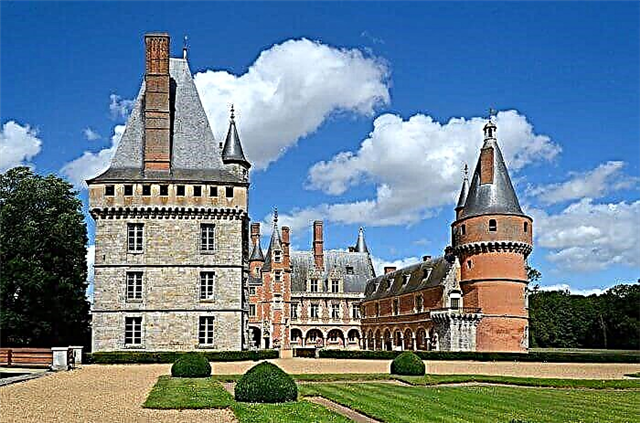
Vitre
Founded in the XI century. For a couple of centuries, the castle was constantly fortified. Quite dense buildings around. Having changed owners, it fell into disrepair. He managed to suffer from a fire, become a refuge for officials hiding from the plague, undergo reconstruction and retrain into a prison. Currently, part of the premises is occupied by the museum, and part by the mayor's office.

Castle of the Dukes of Brittany
It has existed since the 13th century. Located in Nantes. It is surrounded by a moat, before the water from the nearby river filled the moat in a natural way. On the territory there is a museum of the history of the city. It includes about a thousand exhibits, they are located in three dozen halls. Modern technologies are actively used to immerse guests in different eras. Part of the excursion is a walk along the fortress wall.

Conciergerie
VI century - the beginning of the construction of the castle. He changed his appearance many times. Located in Paris, part of the Palais de Justice. Gradually overgrown with additional elements, both functional and decorative. Some rulers strengthened the walls, others built chapels and utility rooms, and others added luxury. The castle was a prison and a place of execution. At the present time, various courts are located there.
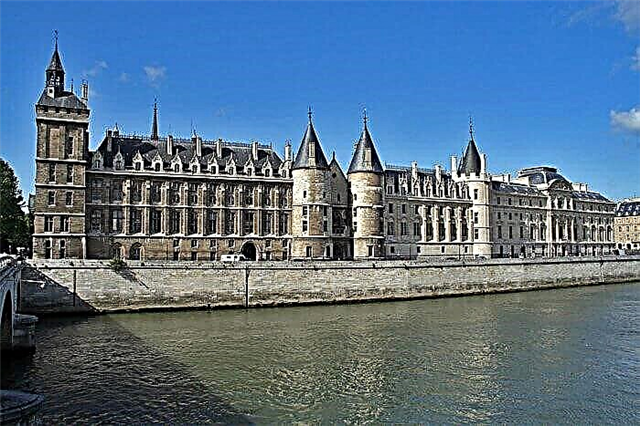
Villandry
Construction began in the 16th century. Located near the city of Tours. The main attraction is the three gardens in different styles. They are characterized by crisp lines and symmetry. There is a pond, vegetable garden and fountains. During its existence, decorative elements, arches, balconies were added. The interior decoration dates back to the 17th century. Located in private premises, partly open to the public.

Bomenil
Built in the first half of the 17th century. The architectural style is late Renaissance. Surrounded by a moat. It is not a single building, but a composition of buildings and outbuildings, although it looks harmonious. The castle changed many owners: at least 15 families owned it in different periods of history. There is a bookbinding museum on the territory.

Benac
Built in the XII century, destroyed and rebuilt a century later. At its foot is the Benac-e-Kaznak commune. A massive defensive structure with thick walls, without frills and any decorations. He went down in history as a "participant" in the Hundred Years War. On the opposite side there is another castle - Castelnau. The British settled there at that time, and the warring armies fired at each other for years.

Plessy-Burré
Built in the middle of the 15th century. Located near the city of Angers. There are elements of architecture, both the Middle Ages and the Renaissance. It has been perfectly preserved, although it was abandoned in the 19th century and was supposed to be demolished. Was bought by a private person, restoration was carried out. It hosted a hospital within its walls and was the seat of the Polish government during the occupation of Poland by the Nazis. Since 1954 it has been open to the public.

People
The first mention - the X century: then defensive structures were built here. The wooden fortress was replaced by a stone one, and the castle grew. Now its architectural style can be attributed to the Renaissance. Located in the department of Sarthe. Located in private property. The owners are especially proud of the park, which combines classic French and English styles. Tours are regular, the best time for them is June and July.

Langeais
It was built and rebuilt in the period from the X century to the XV. It is located in the Indre-et-Loire department on an elevated position off the coast. It suffered significant damage during the Hundred Years War. One of the surviving towers is recognized as the oldest in the region. There is a garden in front of the main entrance. There is a museum, among the exhibits of which there are antique furniture, treasures of the nobility, recreated wardrobe items.
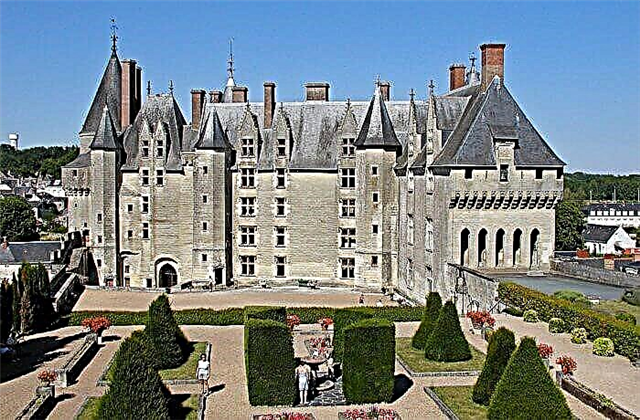
Gien
Built in the 16th century. There used to be a hunting lodge here. Classic French chateau. One of the first Renaissance castles in the Loire Valley. There were no rebuildings, but in the 19th century a full-fledged new wing appeared, which did not change the composition. The Hunting Museum is open. The collection includes archival materials, weapons, gear, clothing, thematic paintings, trophies.

Brissac
Founded in the XI century. Located in the Loire Valley. He is famous for the successful negotiations between Louis XIII and Maria Medici, his mother, which did not allow blood to be shed in another civil strife. The modern appearance is reminiscent of the architecture of the Italian Renaissance. The Cosset-Brissac family has owned the castle for over five hundred years. Notable here: a private chapel, interiors, towers in different styles.

Mont Saint Michel
Defensive bastions are mentioned in chronicles as early as the 11th century. It is located on the island of the same name, which is almost completely occupied by fortifications. The castle itself rises in the center. The slopes behind are covered with wild greenery, the slopes in front of the main entrance are densely built up: houses, shops, cafes, utility buildings, and all this is behind strong walls. A road has been built to the island.

Fougere
Built in the Middle Ages, it was destroyed and rebuilt. Initially, most of the structure was built of wood. It acquired its current appearance around the 15th century. The main function is defensive. For this reason, there is nothing superfluous in the exterior and interiors. It stands on a rocky island surrounded by a natural moat. It has thirteen well-preserved towers.




